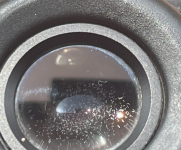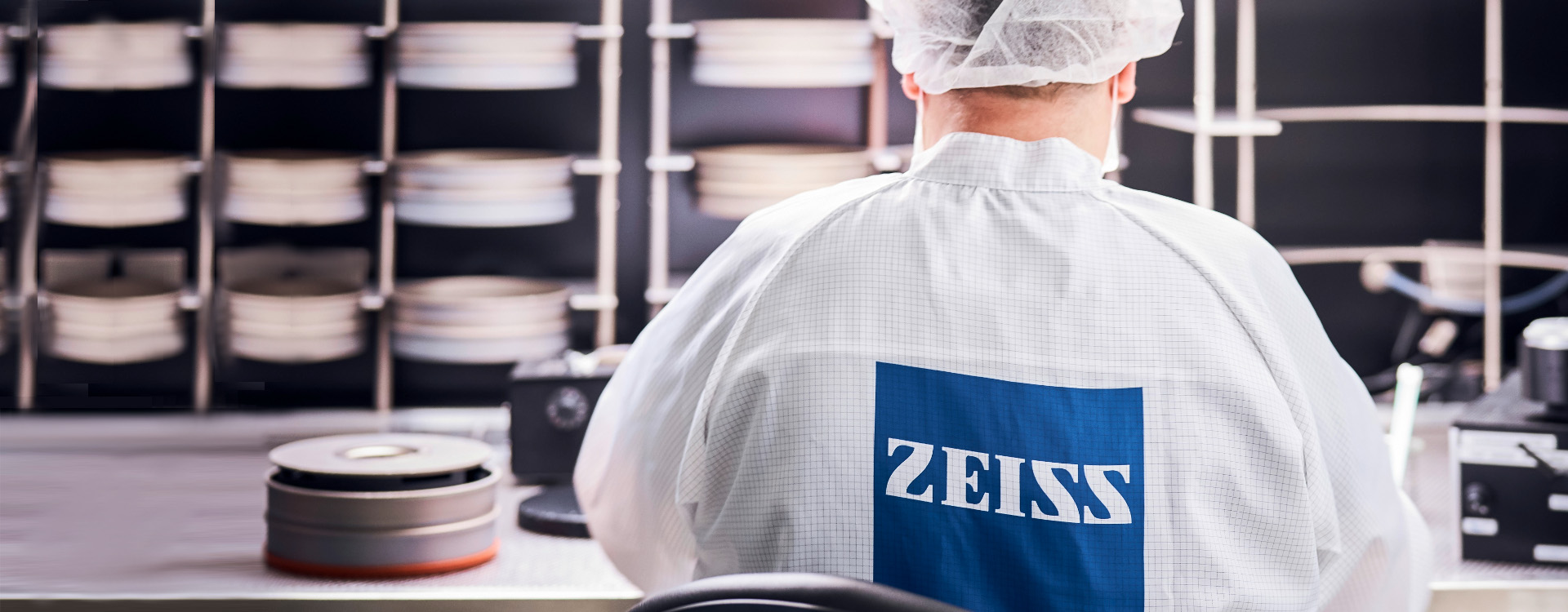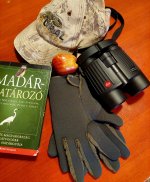GustavBjornstrand
Member

I figure that someone here might be able to help. I have used these binocs little over the last few years.
Looking through them it all looks pretty clear, but when I look at the eye-piece lens at an angle I can see these contaminants (?) The photograph makes it look worse but you'll get the idea.
So my questions are
1) who can I send it to in the States to have the lenses cleaned?
2) what is it that I am seeing there? It is not on the outside but rather on an inside layer of glass at the eyepiece.
The rest of the glass on the other end seems fine.
I did notice that now they tend to flare a bit when the light is too direct. But overall they are not quite as sharp and bright as I am used to.
Has anyone had the same problem?
What does it run to have them serviced? Any approximate idea?
Your help is appreciated.
Looking through them it all looks pretty clear, but when I look at the eye-piece lens at an angle I can see these contaminants (?) The photograph makes it look worse but you'll get the idea.
So my questions are
1) who can I send it to in the States to have the lenses cleaned?
2) what is it that I am seeing there? It is not on the outside but rather on an inside layer of glass at the eyepiece.
The rest of the glass on the other end seems fine.
I did notice that now they tend to flare a bit when the light is too direct. But overall they are not quite as sharp and bright as I am used to.
Has anyone had the same problem?
What does it run to have them serviced? Any approximate idea?
Your help is appreciated.








